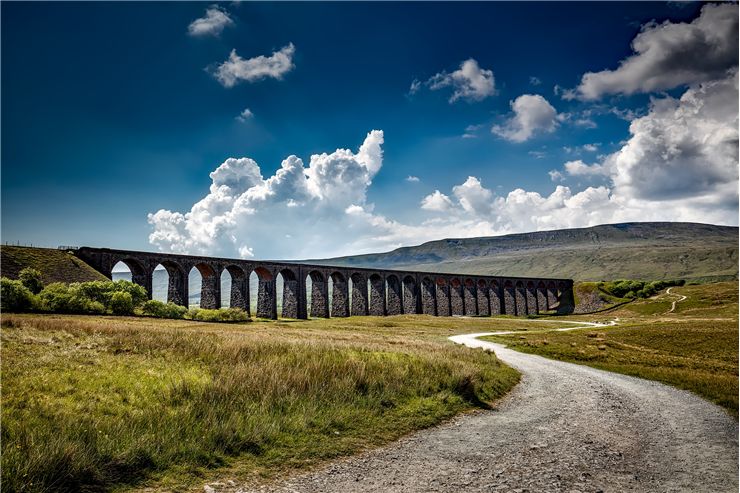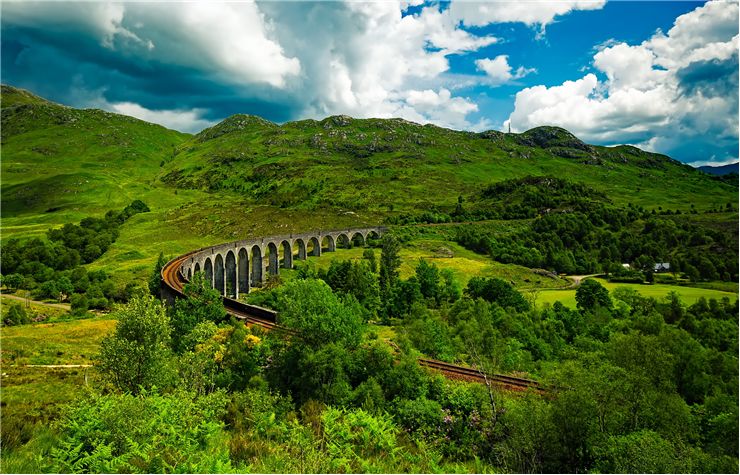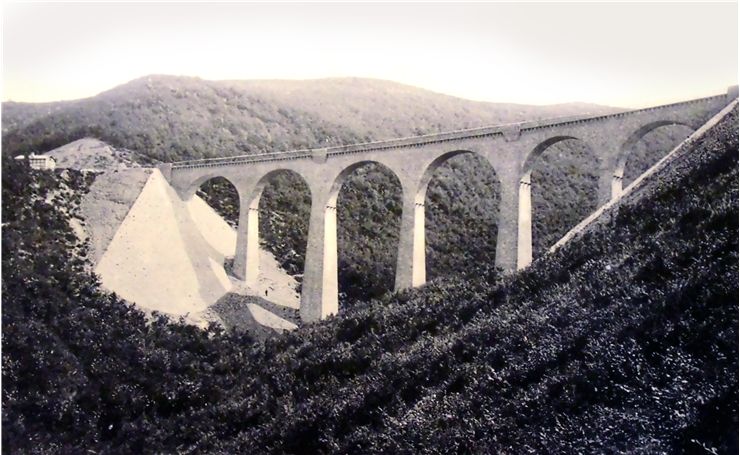Viaducts - Viaduct vs Bridge
A frequent point of confusion – viaducts; what are they and how are they different from bridges? All viaducts are bridges, and yet not all bridges are viaducts. The difference lies in their primary use, position and construction.
A viaduct usually refers to long bridges or series of bridges connected to one another by arch bridge structures that carries a road or a railway across a valley or a gorge.
Viaducts mainly connect two points of the terrain which are similar in height in order to carry mostly rail and road traffic. They are built over gorges, canyons, valleys and sometimes water. Unlike more complex and diversified construction of bridges, viaducts consist of the main carrying surface which is supported by arches of equal spans mostly built of stone or concrete.

Bridges, on the other hand, are usually built over bodies of water. They are much larger and more expensive to build using different materials such as stone, concrete, and steel. As regards their construction, there are several types of bridges.
Beam bridges are the oldest and simplest. They consist of horizontal beams and vertical piers and are suitable only for short spans. Then there are truss bridges which are built by joining lengths of materials to form an open framework which is mostly triangular in shape because of its inherent rigidity, strength and the purpose to support heavy loads. Finally, there are suspension bridges. They are held by a pair of main suspension cables which stretch over two towers and which are attached at each end to an anchor buried deep in the ground to provide strength and stability.
From earliest times of bridge building until the present day, viaducts, however, remained simple in construction, easier and cheaper to build but with multiple purposes both on their pavement level and at the base of the supporting arches. They carry rail and road traffic above but can also be the home to parking, storage, and commercial structures at their base, if they are built over land. If they are built over water, viaducts can provide limited traffic of smaller boats due to the relatively small span of supporting arches. Cities like London, Tokyo, Toronto-Boston and New York, together with many other cities all over the world, rely on viaducts to carry heavy rail traffic within the city.
The Prince Edward Viaduct in Toronto carries five railway lanes and is complex in structure connecting Bloor Street and Danforth Avenue.
Deansgate in Manchester houses frequently visited bars built between the arches.
Outside of city areas, viaducts have been used for more than a century to carry heavy rail traffic. Such is the Glenfinnan Viaduct in Scotland built in 1898 with its twenty-one arches above breath-taking scenery bellow, including Loch Shiel.
Tunkhannock Viaduct in Nicholson, Pennsylvania, completed in 1915, is the biggest bridge in the United States with its concrete deck seven hundred and twenty-four meters long and over seventy meters above the ground.
A decade older is the viaduct which crosses the Santa Ana River in Riverside, California.
Also notable is a more modern one dated 2004; the Millau Viaduct in France a British-French project completed at the cost of about $400 million. Being described as one of the greatest engineering endeavors of all times, the Millau Viaduct proudly continues the rich history of viaducts from Roman times to present day.



